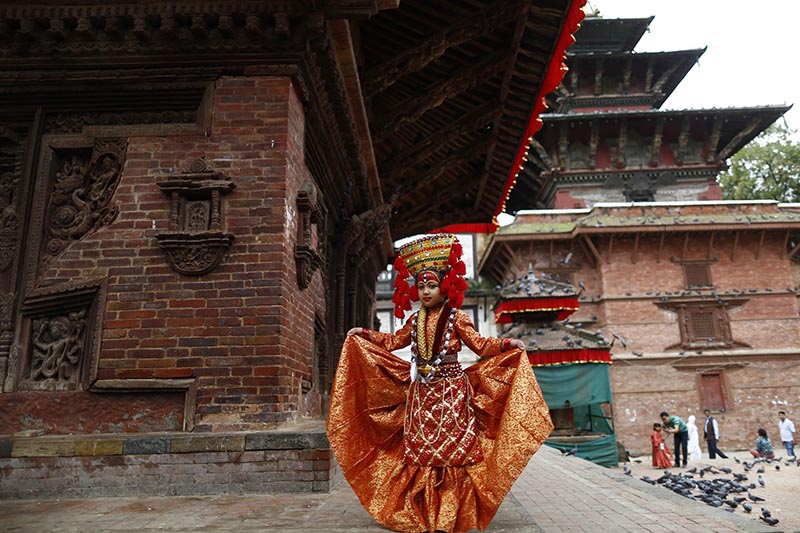Kumari Ghar, also known as the Kumari Temple, is a famous temple located in the heart of Kathmandu, Nepal. It is dedicated to the Kumari, a young girl who is revered as the incarnation of the Hindu goddess Taleju. The temple is considered to be one of the most important cultural and religious sites in Nepal, and is visited by thousands of tourists and devotees each year.

Living Goddess
The tradition of the Kumari dates back to the Malla dynasty, which ruled over the Kathmandu Valley from the 12th to the 18th centuries. According to legend, the first Kumari was chosen by King Jayaprakash Malla in the 14th century. Since then, the tradition has continued, with a young girl being selected from the Shakya caste to serve as the Kumari.
The selection process for the Kumari is highly rigorous and involves a series of tests and evaluations to determine whether the girl possesses the necessary spiritual qualities and physical attributes. Once selected, the Kumari is considered to be the incarnation of the goddess Taleju and is revered as a living deity.
The Kumari Ghar is a three-storied building located in the heart of Kathmandu’s Durbar Square. The temple is adorned with intricate carvings and wooden sculptures, and is surrounded by a large courtyard. Visitors are not allowed to enter the temple, but can view the Kumari through a window from the courtyard.
In conclusion, the Kumari Ghar is a famous temple located in Kathmandu, Nepal that is dedicated to the Kumari, a young girl who is revered as the incarnation of the Hindu goddess Taleju. The temple is considered to be one of the most important cultural and religious sites in Nepal, and attracts thousands of visitors and devotees each year. The tradition of the Kumari dates back to the Malla dynasty, and continues to be an important part of Nepali culture and heritage.